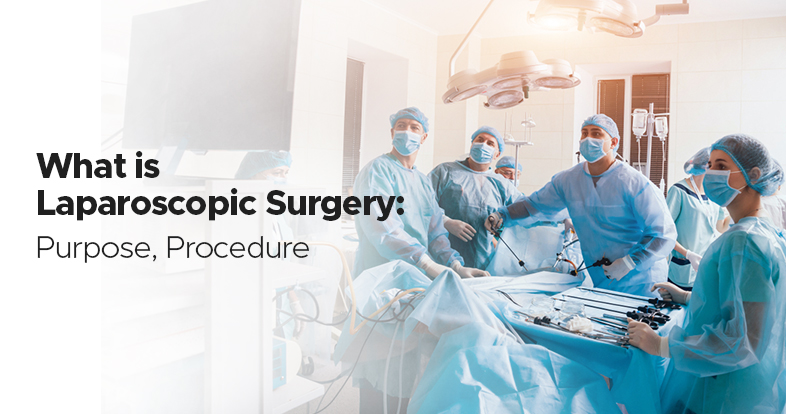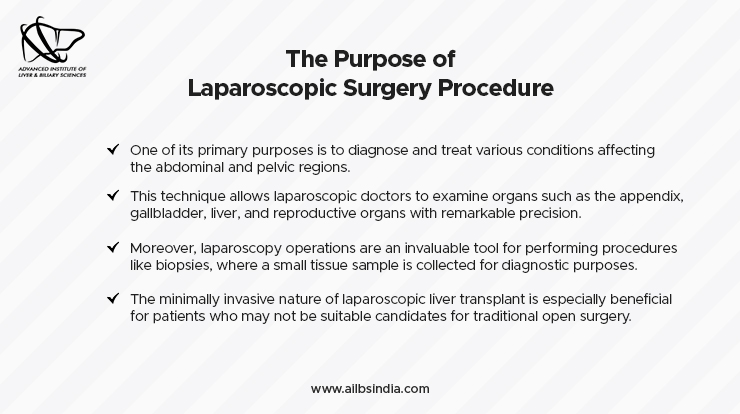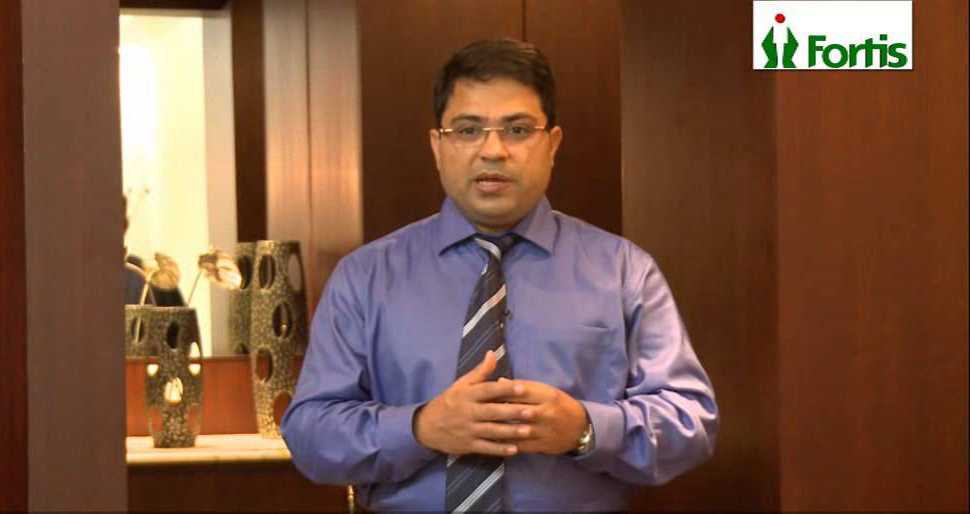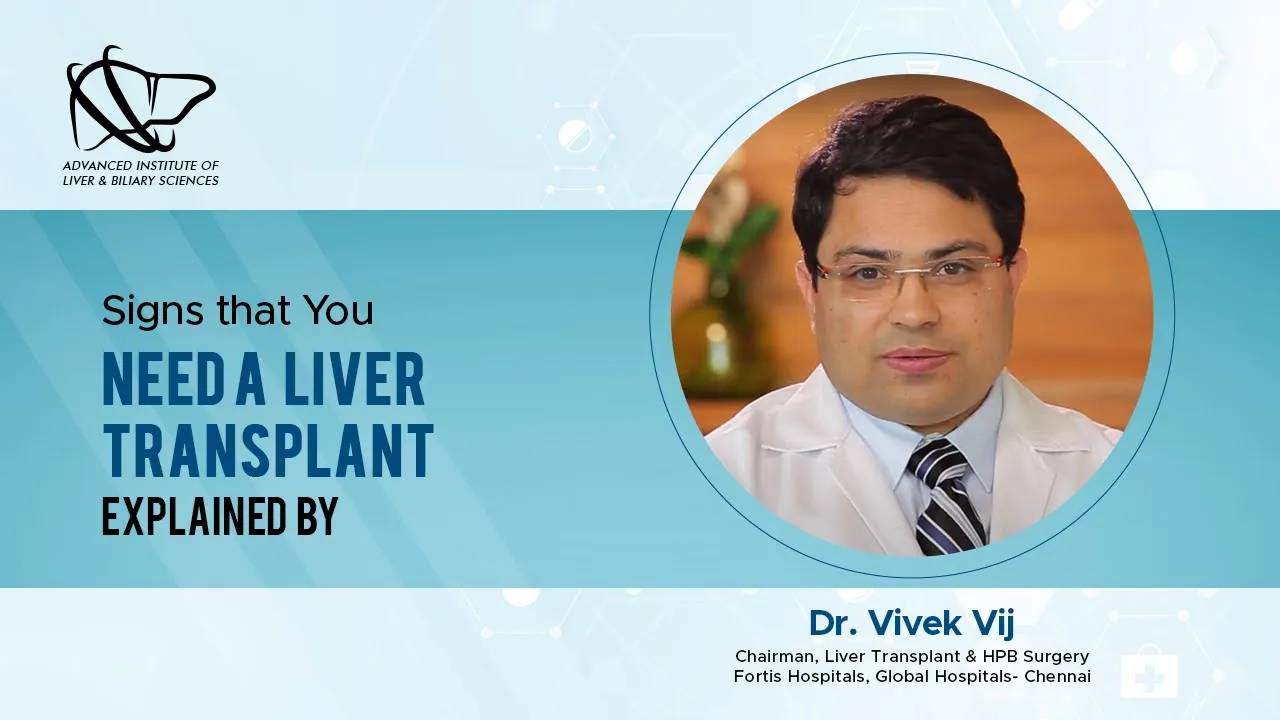
In the world of medical advancements, laparoscopy operation has emerged as a revolutionary technique, offering numerous benefits over traditional open surgery. This minimally invasive procedure has transformed the way doctors approach surgeries, making them safer, less painful, and resulting in faster recovery times.
This blog will discuss laparoscopic liver transplant, exploring its purpose, procedure, and various applications.
Modern surgical procedures like laparoscopic surgery, often known as “laparoscopy,” involve making tiny incisions in the body through which specialized equipment and a small camera are placed.

Laparoscopic surgery procedure serves a variety of purposes across different medical specialties.
The laparoscopic surgery procedure is a carefully planned movement between the surgical team and cutting-edge equipment. Here is a detailed explanation of each step in the process:
1. Preparation: Before the surgery begins, the patient is administered anesthesia to ensure a painless experience. Once the patient is under anesthesia, a small incision is made near the surgical site to insert the laparoscope.
2. Inserting the Laparoscope: The laparoscope, a thin tube equipped with a high-definition camera, is gently inserted through the incision. This camera acts as the surgeon’s eyes, transmitting real-time images to a monitor in the operating room.
3. Introducing Surgical Instruments: Additional small incisions are made to allow the insertion of specialized surgical instruments. The surgeon skillfully manipulates these instruments to perform the necessary procedures while watching the monitor.
4. Surgical Precision: The surgeon meticulously carries out the required surgical tasks using the laparoscope’s images as a guide. The enhanced visualization provided by the camera enables precise and accurate movements.
5. Completion and Closure: After the treatment is completed, the incisions are carefully stitched up by an experienced laparoscopic doctor. The instruments are then removed. The small size of the incisions helps with faster healing and less scarring.
The use of laparoscopic surgery is popular in medical interventions and has advantages across many specialties. But the most prevalent one is liver transplantation.
1. Laparoscopic Liver Transplant: A revolutionary procedure known as laparoscopic liver transplant is used in liver transplantation, which is a significant application.
2. Revolutionary Procedure: Laparoscopic liver transplantation is an innovative procedure that includes removing a healthy liver from a donor and implanting it into a recipient.
3. Enhanced Outcomes: This transplant procedure’s minimally invasive method results in less postoperative discomfort and a shorter recovery time.
4. Higher Success Rates: It has been shown that the use of laparoscopic procedures in liver transplantation increases the overall success rate of transplant surgery.
5. Reduced Scarring: Compared to open surgery, laparoscopic liver transplant requires fewer incisions. This leads to less scarring for the donor as well as the receiver, improving cosmetic results and boosting self-esteem.
6. Shorter Hospital Stay: Because laparoscopic liver transplants are minimally invasive, patients often require less time in the hospital. This lowers medical expenses and speeds up patients’ return to regular daily activities.
7. Minimized Complications: It’s been shown that laparoscopic liver transplants have a lower chance of complications like infections and wound problems. A quicker recovery is made possible by the procedure’s accuracy and minimized trauma.
A laparoscopic doctor, also known as a laparoscopic surgeon, plays a pivotal role in conducting laparoscopic surgeries.
Unquestionably, laparoscopy operation has transformed the field of surgery by giving patients a less invasive and more effective option to treat a variety of medical issues. Laparoscopic surgery is a minimally invasive technique to lessen discomfort, speed healing, and leave behind fewer scars.
The field of laparoscopy will probably continue to develop as technology develops, opening up new opportunities for improving patient care and surgical outcomes.
So if you or a loved one are facing the possibility of surgery, consider discussing the potential benefits of laparoscopic surgery with Dr Vivek Vij to make an informed decision. He had done various laparoscopy operations and gave patients a better treatment experience. Contact the team today to know more.
Ans: Laparoscopic surgery, also known as laparoscopy, is a modern surgical technique that involves making small incisions in the body to insert a camera and specialized instruments. This allows surgeons to perform procedures with minimal invasiveness; unlike traditional surgery, which requires larger incisions, laparoscopy results in more minor scars, less pain, and quicker recovery times.
Q. 2 What is the primary purpose of laparoscopic surgery?
Ans: The primary purpose of laparoscopic surgery is to diagnose and treat various medical conditions involving the abdominal and pelvic regions. It offers a precise and minimally invasive approach for procedures such as removing the gallbladder, appendix or performing biopsies. Laparoscopy is chosen to reduce patient discomfort, promote faster healing, and enhance surgical outcomes.
Q. 3 Is laparoscopic surgery suitable for all patients?
Ans: While laparoscopic surgery offers many benefits, it may not suit every patient or every procedure. Factors such as the patient’s overall health, the complexity of the surgery, and the surgeon’s expertise play a role in determining whether laparoscopy is the best approach.
Q. 4 What are the advantages of laparoscopic surgery over traditional open surgery?
Ans: Laparoscopic surgery offers several advantages over traditional open surgery, including smaller incisions, reduced scarring, less pain, decreased risk of infection, shorter hospital stays, and quicker recovery times.
Q. 5 Can laparoscopic surgery be used for organ transplantation?
Ans: Yes, laparoscopic surgery has made significant strides in organ transplantation. For example, a laparoscopic liver transplant is a groundbreaking procedure where a healthy liver is extracted from a donor and transplanted into a recipient using minimally invasive techniques.


